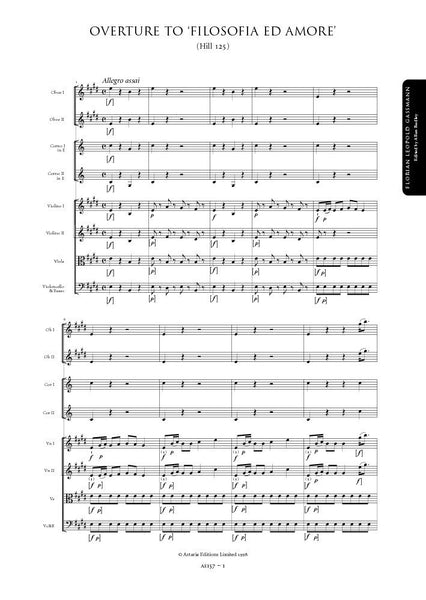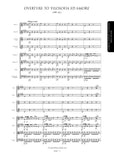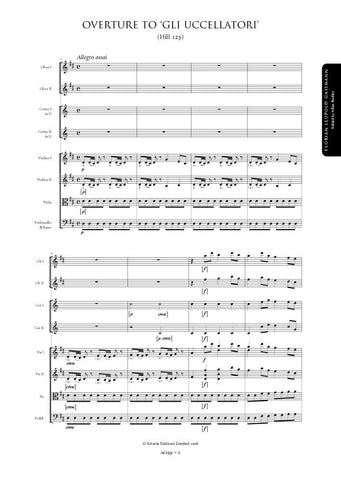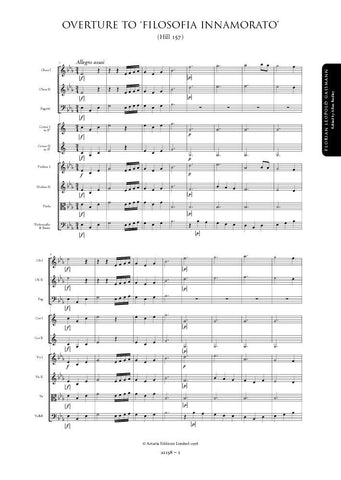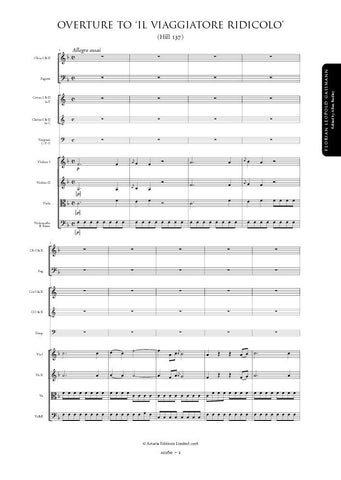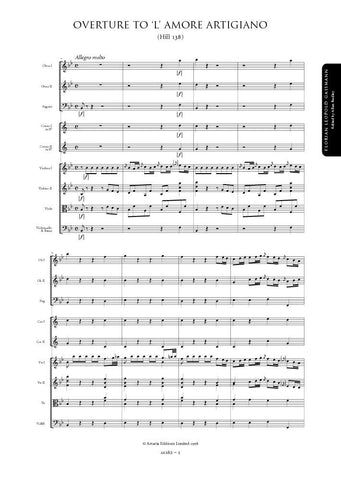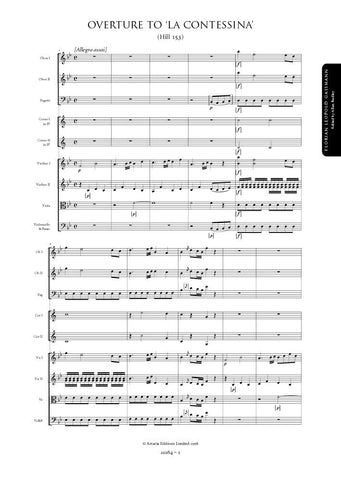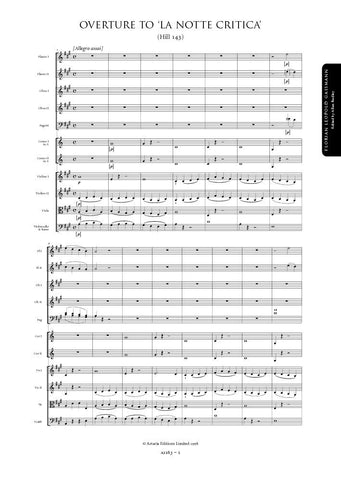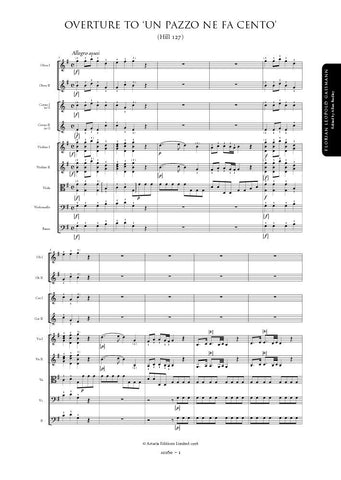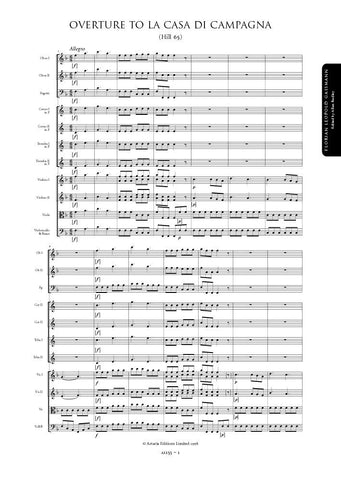Description |
Gassmann, Florian Leopold (1729-1774)
|
||||||||||||||||
Audio sample |
|||||||||||||||||
Details |
Filosofia ed amore (Philosophy and Love), the second Goldoni libretto Gassmann set, was composed for the Teatro S.Mois in Venice and received its premiere there in the carnival season of 1760. The Viennese court copy of the score - upon which this edition of the overture is based - is handsomely bound in three volumes and titled 'Il Filosofia innamorato / Del Sig. Leopoldo Gasmann'. Gasmann set this story twice - the later version was based on a reworking of Goldoni's libretto by Coltellini - which probably accounts for the confusion over the title of the present opera particularly if the Viennese score was copied after the premiere of the second opera in 1771. In producing the score the copyist adhered to the usual time-saving conventions of the period: where the violins play in unison, the second part is not notated; similarly, the viola line is left blank unless it is playing independently of the basso part. As the copy was doubtless prepared under Gassmann's direct supervision it should be considered a highly reliable source. Nonetheless, there are inconsistencies, errors and the odd omissions. The style and notation of articulation and dynamic markings have been standardised throughout, and, where missing from the source, markings have been reconstructed from parallel passages. These are indicated by the use of dotted slurs or brackets. Like most eighteenth-century sources, the present manuscript is inconsistent in its notation of appoggiature; these too have been standardised to minimise confusion. Obvious wrong notes have been corrected without comment; editorial emendations with no authority from the source are placed within brackets. Allan Badley |
Loading...
Error




